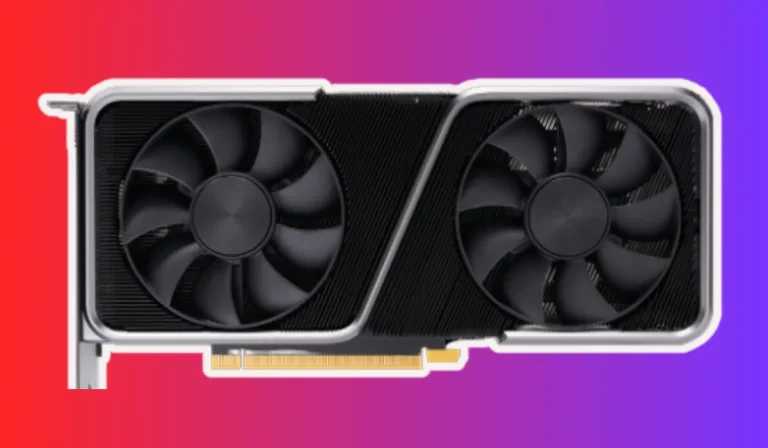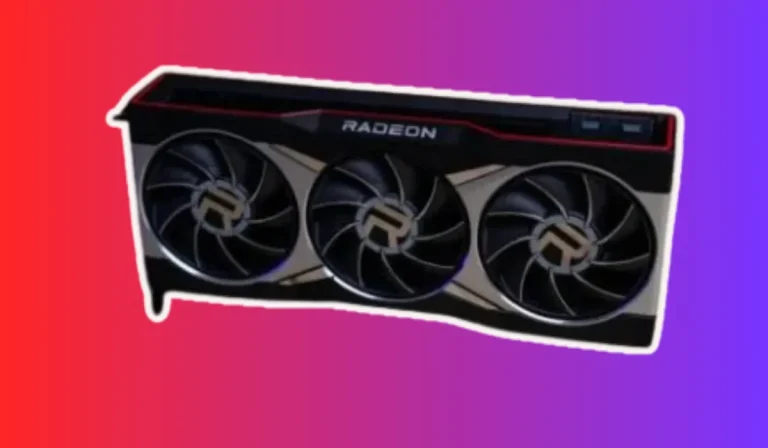What Graphics Cards Are Compatible With My PC?
Meta Description: Discover how to find the ideal graphics card for your PC by understanding compatibility factors and troubleshooting common issues.
Are you ready to upgrade your PC’s graphics card for an enhanced gaming or design experience? But wait! Before you dive into the world of graphics cards, it’s crucial to understand which ones are compatible with your PC.
In this blog post, we’ll walk you through the ins and outs of graphics card compatibility, making it easy for you to find the perfect match for your system. Let’s get started!
Compatibility with Motherboards
Are you ready to dive into the world of graphics card compatibility? One crucial aspect you need to consider is the compatibility with your motherboard. Your motherboard acts as the central hub for all your PC’s components, including the graphics card.
Understanding PCIe Slots
Motherboards come equipped with various slots for graphics cards, with the most common one being the PCIe (Peripheral Component Interconnect Express) slot. This slot allows high-speed communication between the graphics card and the motherboard.
Before purchasing a graphics card, it’s essential to ensure that it is compatible with the PCIe version supported by your motherboard. You can find this information in your motherboard’s manual or specifications.
Physical Size Matters
Another factor to consider is the physical size of the graphics card. Some motherboards have limited space, especially in smaller form factors like Mini-ITX.
It’s crucial to check the length and width of the graphics card and ensure it fits well within your PC case without obstructing other components. Double-checking the dimensions can save you from any compatibility headaches.
Keeping BIOS Up to Date
Keeping your motherboard’s BIOS (Basic Input/Output System) up to date is also important. BIOS updates often include improvements and bug fixes that can enhance compatibility with newer graphics cards.
Check your motherboard manufacturer’s website for the latest BIOS updates and follow their instructions to install them correctly.
Compatibility Tools and Resources
When it comes to finding the perfect graphics card for your PC, compatibility can sometimes be a bit tricky to figure out. But fear not! There are a variety of tools and resources available to simplify the process and ensure you make the right choice.
Online Compatibility Checkers
Several websites offer compatibility checkers specifically designed to determine if a graphics card is compatible with your PC.
These tools typically require you to input information about your motherboard, such as the model number or the specific PCIe slot version. They then provide you with a list of graphics cards that are compatible with your system.
Manufacturer Websites
Graphics card manufacturers often provide detailed information about their products, including compatibility details. Visiting the manufacturer’s website for the graphics card you’re interested in can give you access to compatibility charts, system requirements, and even support forums where you can ask specific questions.
PC Building Communities
Online communities and forums dedicated to PC building and gaming enthusiasts can be a treasure trove of knowledge.
These communities are full of experienced users who are often willing to help newcomers with compatibility questions. Asking for advice or searching through existing threads can provide valuable insights and recommendations.
Tech Support
If you’re unsure about compatibility or need assistance, don’t hesitate to reach out to the tech support team of the graphics card manufacturer or the store where you plan to make the purchase. They have experts who can guide you through the process and address any concerns you may have.
Troubleshooting Compatibility Issues
So, you’ve got your brand-new graphics card, but what if you encounter compatibility issues? Don’t worry, troubleshooting compatibility problems can be easier than you think.
Check System Requirements
First things first, ensure that your PC meets the minimum system requirements for the graphics card. These requirements usually include specifications such as the operating system version, RAM, and CPU. If your system falls short in any of these areas, you may need to consider upgrading or adjusting your setup.
Update Graphics Drivers
Outdated or incompatible graphics drivers can cause compatibility problems. To resolve this, visit the graphics card manufacturer’s website and download the latest drivers for your specific model. Installing these updated drivers can often resolve compatibility issues and improve performance.
Power Supply Considerations
Graphics cards require a sufficient power supply to function correctly. Ensure that your power supply unit (PSU) can deliver enough power to the graphics card.
Check the graphics card’s specifications for the recommended power supply wattage. If your PSU falls short, you may need to upgrade to a higher-wattage unit.
Verify PCIe Slot Compatibility
Double-check that your graphics card is correctly seated in the PCIe slot and properly connected. Sometimes, improper installation can lead to compatibility issues. Ensure that the card is firmly inserted into the slot and that any additional power connectors are securely connected.
FAQ’s
1. What graphics cards are compatible with my PC?
The compatibility of graphics cards depends on various factors such as the motherboard, power supply, and physical space within your PC case. It’s crucial to check your motherboard’s PCIe slot compatibility, power supply wattage, and physical dimensions before choosing a graphics card.
2. How do I determine the compatibility of a graphics card with my motherboard?
To determine compatibility, you need to check the PCIe slot version supported by your motherboard. This information can usually be found in your motherboard’s manual or specifications. Make sure the graphics card you choose is compatible with the PCIe version on your motherboard.
3. Can I install any graphics card on my PC if it fits physically?
While physical compatibility is essential, it’s not the only factor to consider. You need to ensure that your power supply can provide sufficient power to the graphics card and that your motherboard supports the necessary connectivity and features of the graphics card.
4. What happens if I install an incompatible graphics card on my PC?
Installing an incompatible graphics card can lead to various issues, such as system instability, display problems, or the card not functioning at all. It’s crucial to ensure compatibility to avoid such problems and make the most out of your graphics card.
5. Can I upgrade my graphics card without upgrading other PC components?
In most cases, it is possible to upgrade your graphics card without upgrading other components. However, you need to ensure that your power supply can handle the new graphics card’s power requirements and that your motherboard has the necessary PCIe slot and connectivity options for the upgraded card.
Conclusion
Finding the right graphics card compatibility for your PC may seem daunting, but with a bit of research and consideration, you can make the perfect match. Remember to check your motherboard’s specifications, power supply capabilities, and physical space to ensure a smooth and powerful graphics card upgrade. Happy gaming!


